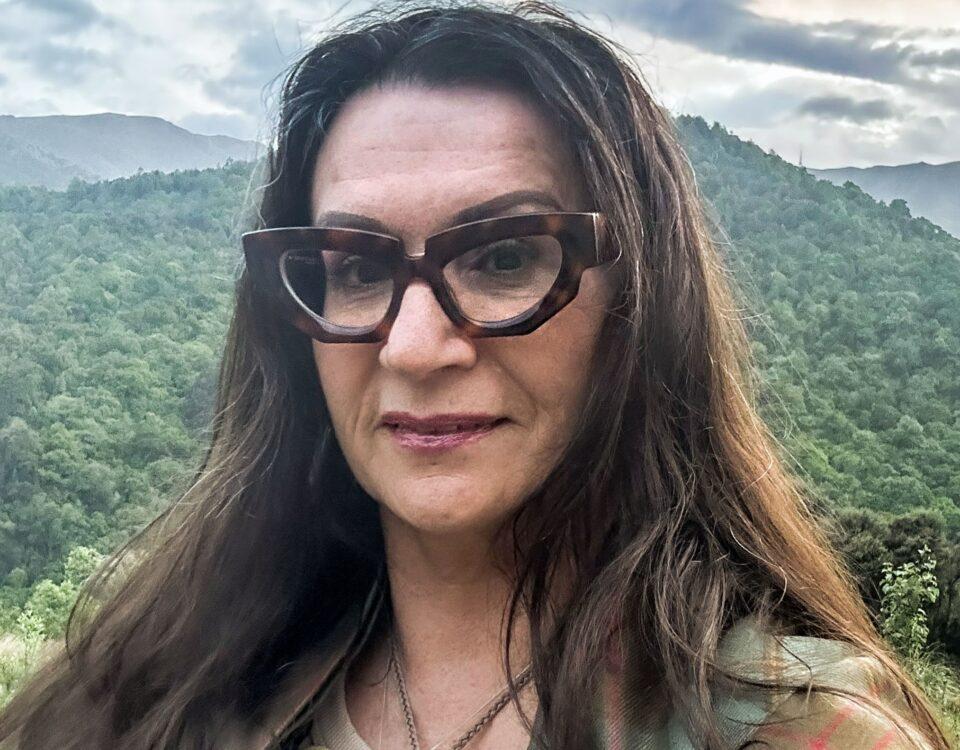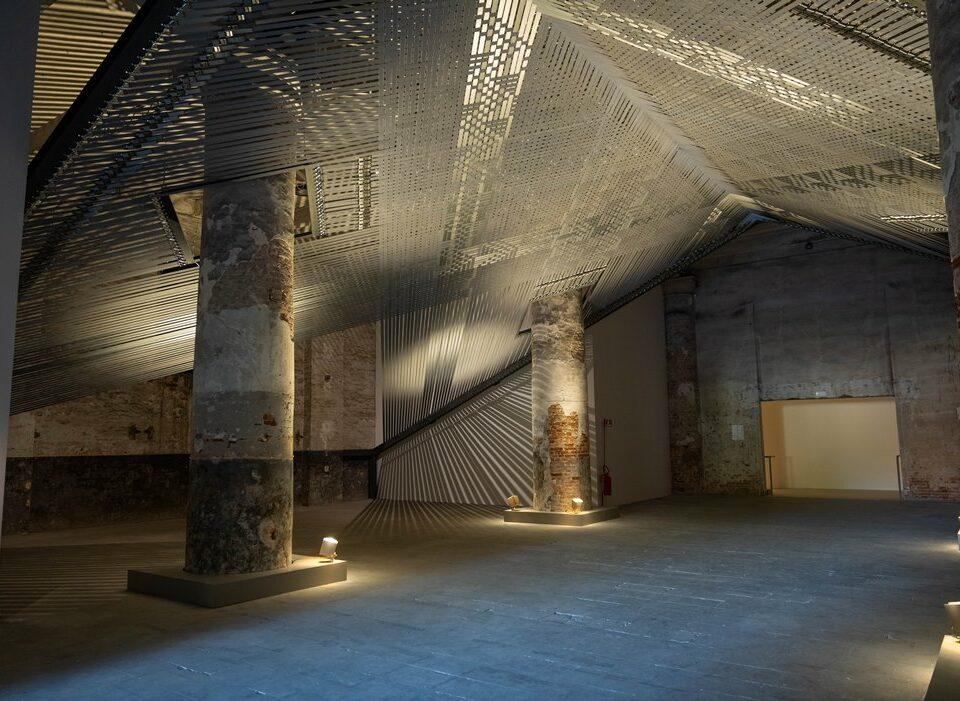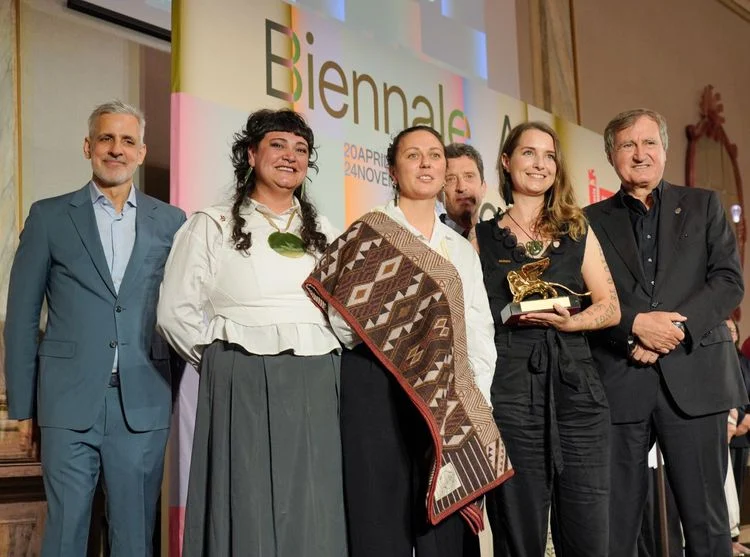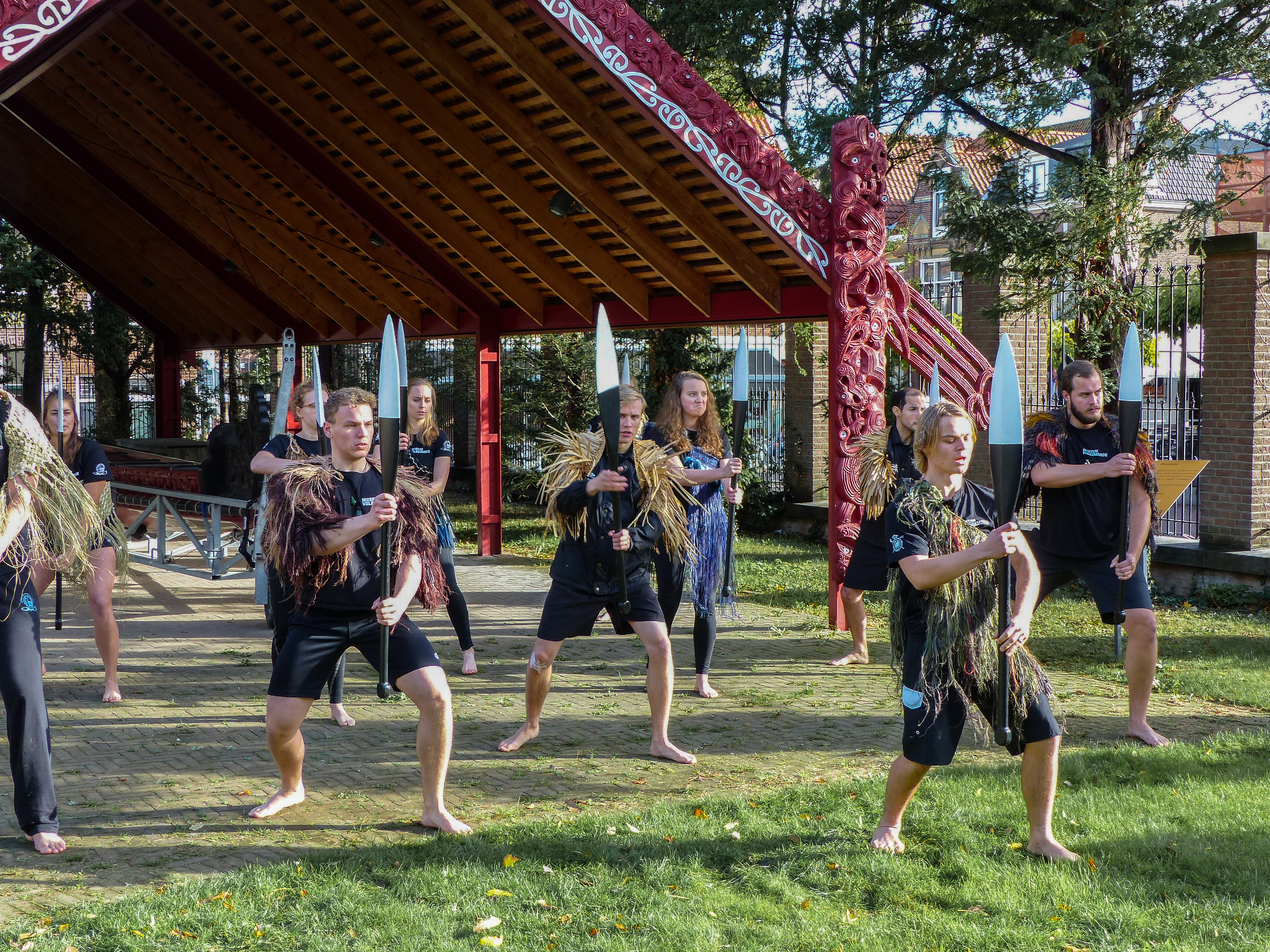
‘Going Native’ by Yuki Kihara
November 1, 2022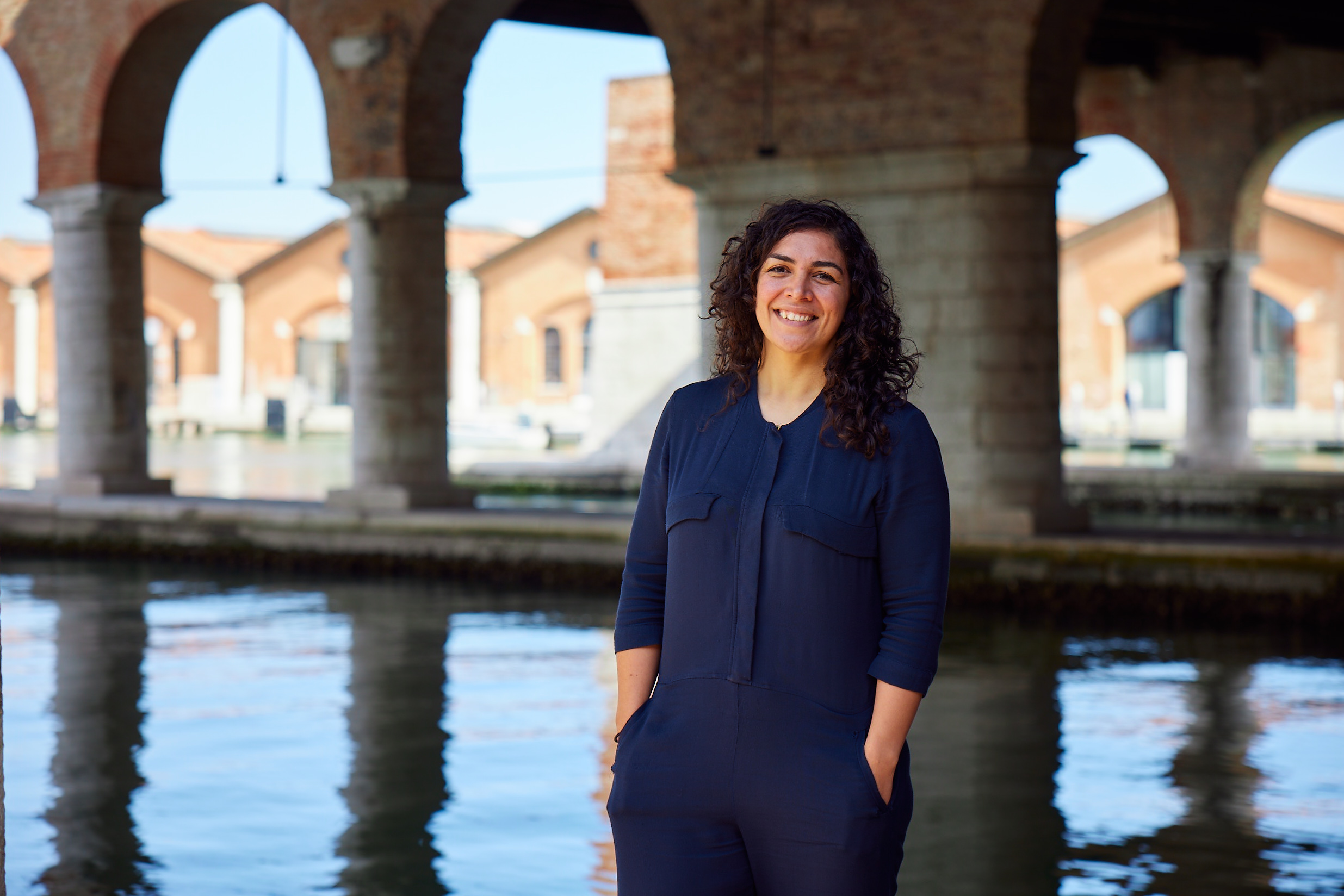
Yuki Kihara: Fa‘afafine Nation
December 1, 2022The triumph of Yuki Kihara’s Paradise Camp

On Sunday 27 November, 2022 the 59th Venice Biennale comes to a close. We take a moment to reflect on Paradise Camp, the game-changing exhibition of New Zealand’s representative artist, Yuki Kihara.
Described as “gloriously irreverent and fabulously camp” (Art Agenda), Yuki Kihara’s ensemble exhibition Paradise Camp, curated by Natalie King, comes to a close on Sunday after a stellar reception at the Venice Biennale.
Located in the Artiglierie, a central location in the Arsenale, Paradise Camp centred around a “gloriously lush and vivid” (Artlink) suite of twelve photographs, shot in Sāmoa, that recast and ‘upcycled’ seminal paintings by French post-impressionist painter Paul Gauguin featuring Fa’afafine and Fa’atama models. This inclusive and community-based focus is characteristic of Kihara’s artistic output. Her photographic series in Paradise Camp featured a cast and crew of close to one hundred people from rural villages, churches, plantations and heritage sites photographed on location in Sāmoa.
The photographs, described by the Financial Times as “meticulously composed and super luscious” were displayed against a seamless photographic backdrop depicting an idyllic ocean-scape of palm trees and golden sand which the viewer learns was subsequently decimated by the 2009 tsunami in Sāmoa. Within the space projected onto a large, suspended screen was a five-part video series called First Impressions: Paul Gauguin that featured interviews with a cast of Fa’afafine and Fa’atama responding to various paintings by Gauguin.
Nearby, Kihara assembled an archive or “Vārchive” of material displaying Kihara’s research into Polynesian queer histories.
Paradise Camp was a highlight for visitors and reviewers alike, with official in-person attendance figures reaching 485,079 at the end of October, and 40,965 visits to the Virtual Explore website.
Paradise Camp continuously ranked in the top 5 exhibitions by international media throughout the Venice Biennale season, among others, by The Art News Paper and ArtReview.
Kihara also convened online and in-person gatherings entitled Talanoa Forum presented during September and October between Venice, Leiden and Amsterdam. The Talanoa Forum brought together a roster of artists, curators, scholars, activists, community leaders and policymakers from the Pacific and internationally to discuss and expand on the key themes of the exhibition. Talanoa Forum was supported by THE NEW INSTITUTE Centre for Environmental Humanities (NICHE) at the Ca ‘Foscari University of Venice, Peggy Guggenheim Collection, Fondazione Querini Stampalia, University of Melbourne, Thames and Hudson, The National Museum of World Cultures in The Netherlands, the Ministry of Pacific Peoples, Tautai Contemporary Pacific Arts Trust and private donors. A publication highlighting the Talanoa Forum will be published in 2023/24.
Alongside the extensive media attention garnered by the exhibition, there were also plenty of firsts to be celebrated. Kihara was the first Asian, Pasifika, Fa’afafine to represent Aotearoa at the Venice Biennale. This was an important appointment highlighting the urgency of Pacific Indigenous perspectives in global dialogues as well as New Zealand’s historical and ongoing social, political and cultural engagement with the Pacific.
While in Venice, Kihara initiated the Firsts Solidarity Network. This cross-pavilion initiative included artists who were a first-time representative from a marginalised or under-represented group in their respective country, or a first-time country participant at the Venice Biennale. The group comprised New Zealand, Great Britain, Nepal, Singapore, Poland and Albania.On establishing the group, Yuki commented, “My hope is to encourage discourse around equitable representation of artist/s in their respective countries as well as allowing pavilions a chance get to know one another and show solidarity and support.”
Paradise Camp was accompanied by an exhibition catalogue edited by Natalie King and published by Thames and Hudson with wide distribution channels across the northern hemisphere. The writers of Paradise Camp featured chapters by Emeritus Professor Ngahuia Te Awekotuku, Reverend Ruperake Petaia, Coco Fusco, Patrick Flores, Chantal Spitz, Dan Taulapapa McMullin, Daniel Satele, Ioana Gordon Smith, Natalie King and Yuki Kihara.
Members of the esteemed Advisory Council included Emeritus Professor Dr Leasiolagi MalamaMeleisea, Lelei Lelaulu, Lisa Havilah, Chantal Spitz, Daniela Morera and Megan Tamati Quennell.
Ioana Gordon Smith was appointed as Assistant Curator Pasifika for Paradise Camp, seconded from Pātaka Art + Museum.
On the strength of her work at Venice, Kihara engaged in a variety of activities including public speaking engagements hosted by aabaakwad Indigenous art symposium, Asia Forum, Pacific Arts Association, Global Asia / Pacific Art Exchange, Kunstinstituut Melly and Alte Nationalgalerie; an online studio visit with the curatorial staff of the Museum of Modern Art, New York; and she has also been invited to exhibit at the 14th Gwangju Biennale in South Korea in 2023.
Paradise Camp wouldn’t be made possible without the support of Milford Galleries, nzatvenice trust and private donors who contributed to the realisation of the exhibition.
The triumph of Paradise Camp will go on to a new life after the Biennale closes with exhibitions scheduled at the Powerhouse Museum in Sydney opening on 24th March till 31st December 2023. Further announcements for the international tour of Paradise Camp will be made in 2023.
To find out more, visit Creative New Zealand’s Venice Biennale website www.nzatvenice.com
To find out more about the Talanoa Forum visit www.talanoaforum.ws

